To our surprise, IT: Chapter Two opened with a gay male couple's romantic night at a small-town fair. The couple, Dan and Adrian, played gimmicky games, ate funnel cake, and acted cute. Though this short segment was cheesy and played on tired stereotypes, we still smiled and leaned on each other, happy to see these unexpected queer characters.
When the on-screen couple kissed, we squeezed hands. Suddenly, we heard, "that's gross" and "hurl" from a straight couple directly behind us. We instinctively let go, flushed with anger and embarrassment. Seconds later in the movie, a group of men echoed these homophobic sentiments, screaming "f****ts" and spitting on the gay couple.
Soon after, we witnessed the most traumatic and shocking scene we could imagine. The men followed the couple out of the fair and gruesomely beat them. The director chose to show every blow to their faces in horrifying close ups, sparing the audience nothing. Adrian, maimed and struggling to breathe, was thrown off a bridge into a river as his partner helplessly watched.
We sat in shock as our greatest fear as a queer couple in the South was projected on the screen so graphically, moments after we experienced real homophobia. We fled the theater, speechless and scared for our safety, life uncannily imitating art.
When we asked the customer service woman for a refund, she kindly apologized and gave us free movie passes. We thanked her, and said added: "Something like this happened with two kids last week. This happens more than you think here... or maybe not more than you think."
"Yeah, we can imagine."
Many queer viewers had the same reaction to the scene, posting trigger warnings on social media. But for us and many others, the damage had already been inflicted. Why didn't the film include a trigger warning? Or better yet, why was this scene included at all?
After viewers and commentators criticized Director Andres Muschietti for including the scene, he defended himself. "I probably wouldn't have included it if it wasn't in the book, but it was very important for Stephen King," he said.
Stephen King based the scene on a real anti-gay hate crime in his hometown of Bangor, Maine. No doubt this murder deeply affected King, and in 1986, few people talked about these types of crimes. But that was 1986, and reading about a hate-crime is very different from seeing it on the big screen.
Muschietti also touted that the scene raises awareness that "hate crimes are still happening." He said, "For me, it was important to include, because it's something that we're still suffering."
After all his explaining, Muschietti never acknowledged the trauma that he inflicted on countless queer audience members.
At best, the scene is a cheap political statement, a virtue-signalling reminder to queer and non-queer audience members about how "dark humans can get." At worst, the scene is a subversive plot point to tout progress that anyone -- even gay people -- can be killed in a horror film nowadays. Nothing is progressive about this form of queer visibility.
This scene is not only tone-deaf for its gratuitous violence but also its shallow depiction of gay men riddled with harmful stereotypes. Muschietti's gay stock characters lament about living in small town America, hoping things will get better once they move to New York City. They talk about dicks half the time and make sexual advances on straight men, even in the face of violence.
Instead of providing visibility for queer people and raising awareness of hate crimes, the scene serves as pornography for homophobes, validating their violent fantasies and fuelling our fears.
Every time we go out together, we fear our visibility. We fear that walking one inch closer to one another, squeezing our hands for too long, or flirting too loudly might blow our cover and put us in danger of physical or verbal violence.
We do not need IT: Chapter 2 to remind us that bigotry against the LGBTQ community still haunts America when 18 trans people have been murdered this year, when the current administration is reversing non-discrimination protections against us, when It was sitting right behind us.
Jonathan Lee and Taylor Drake are a couple attending Davidson College in North Carolina.








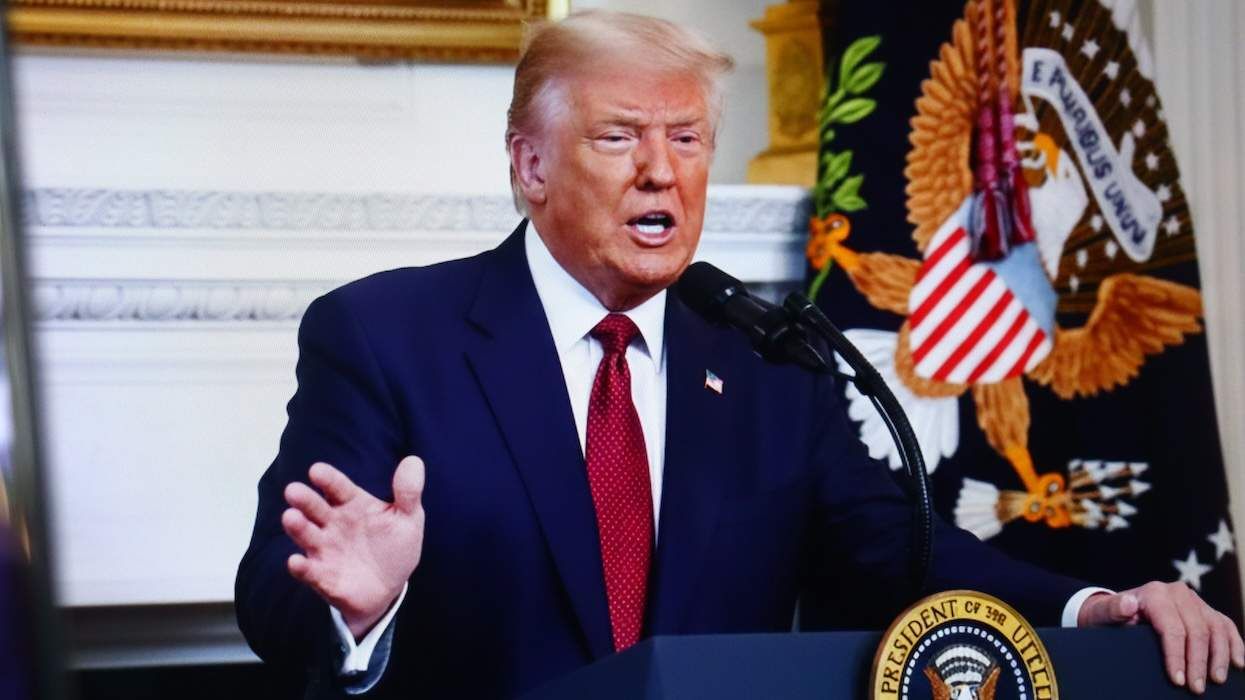
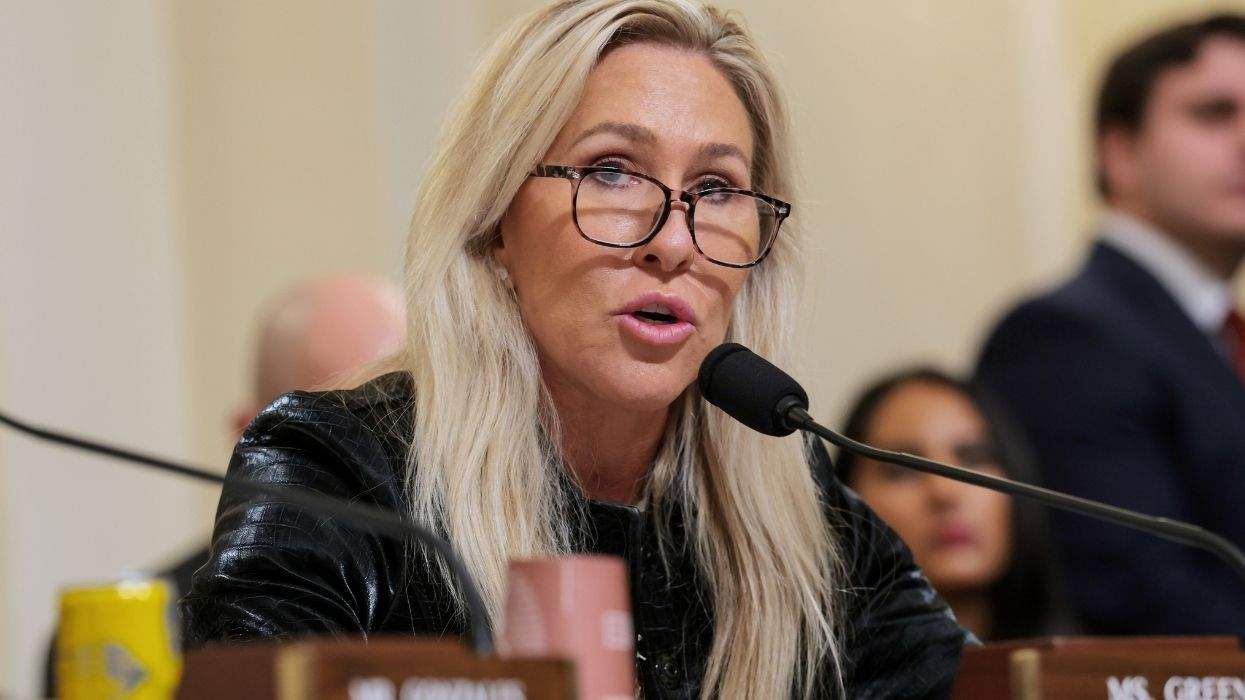
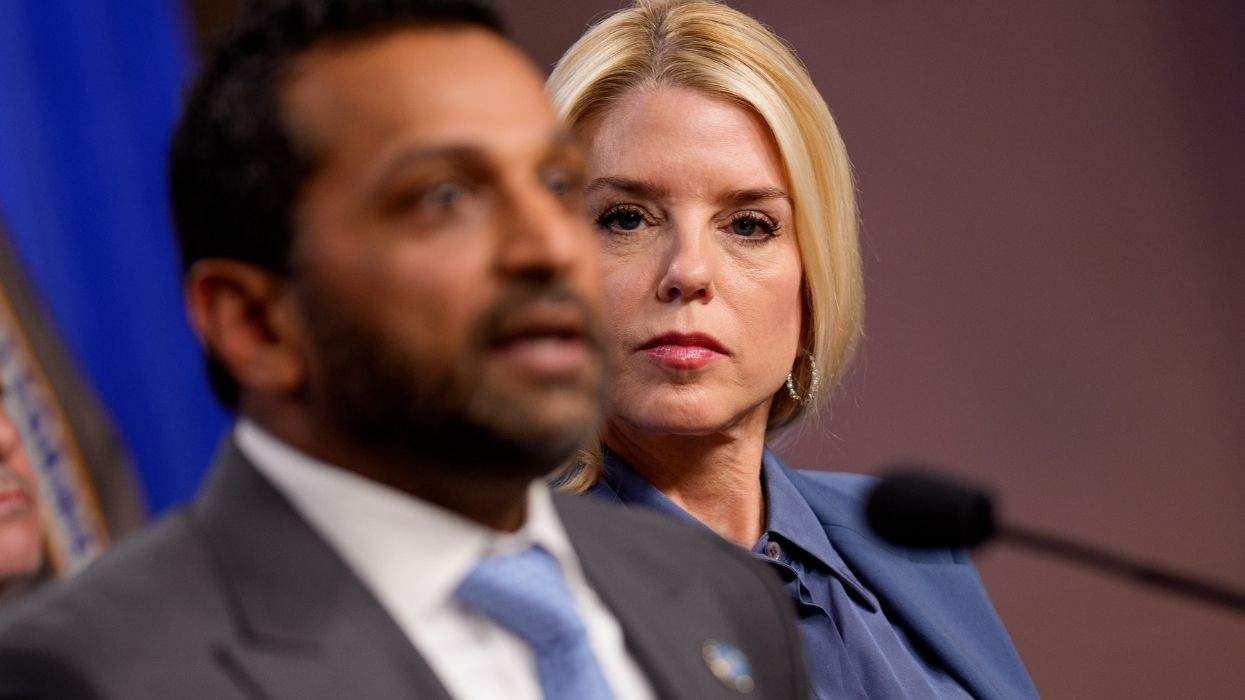
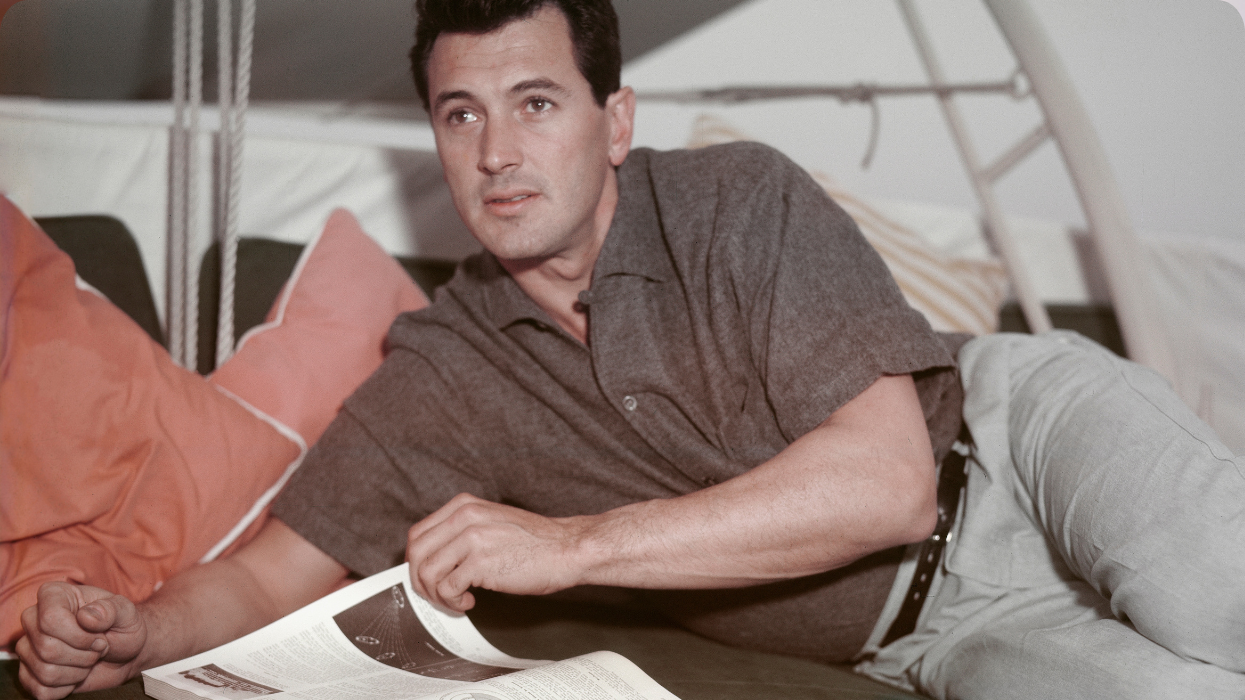
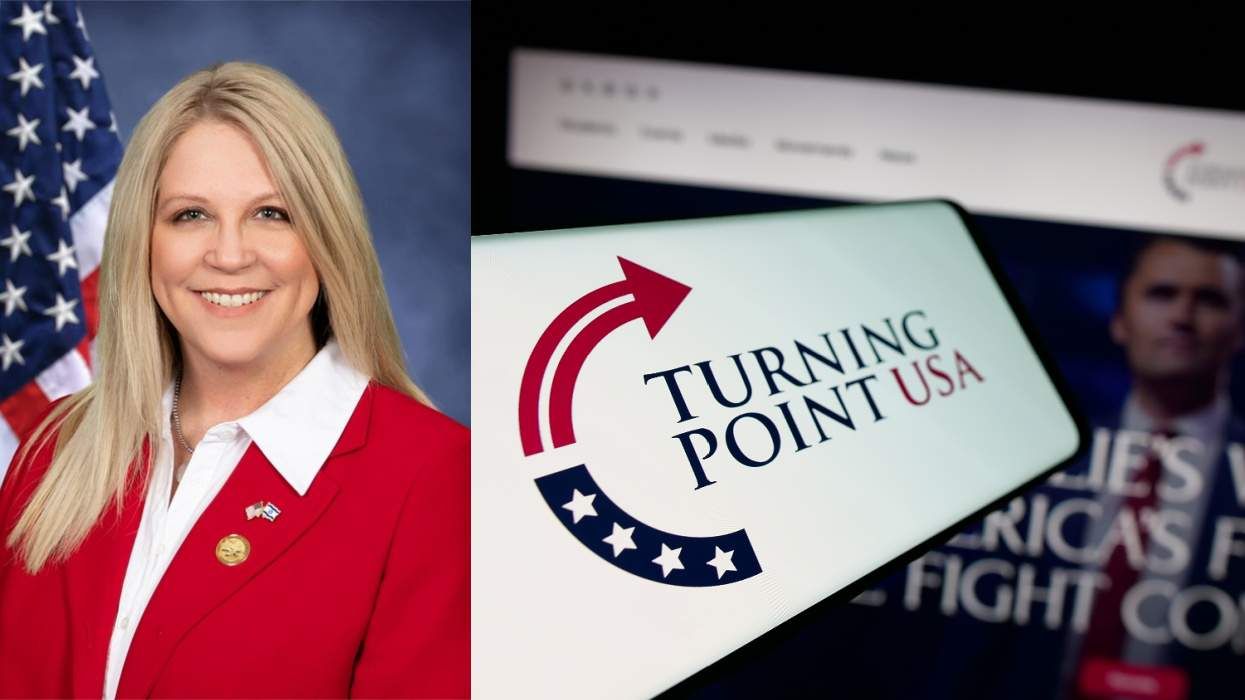

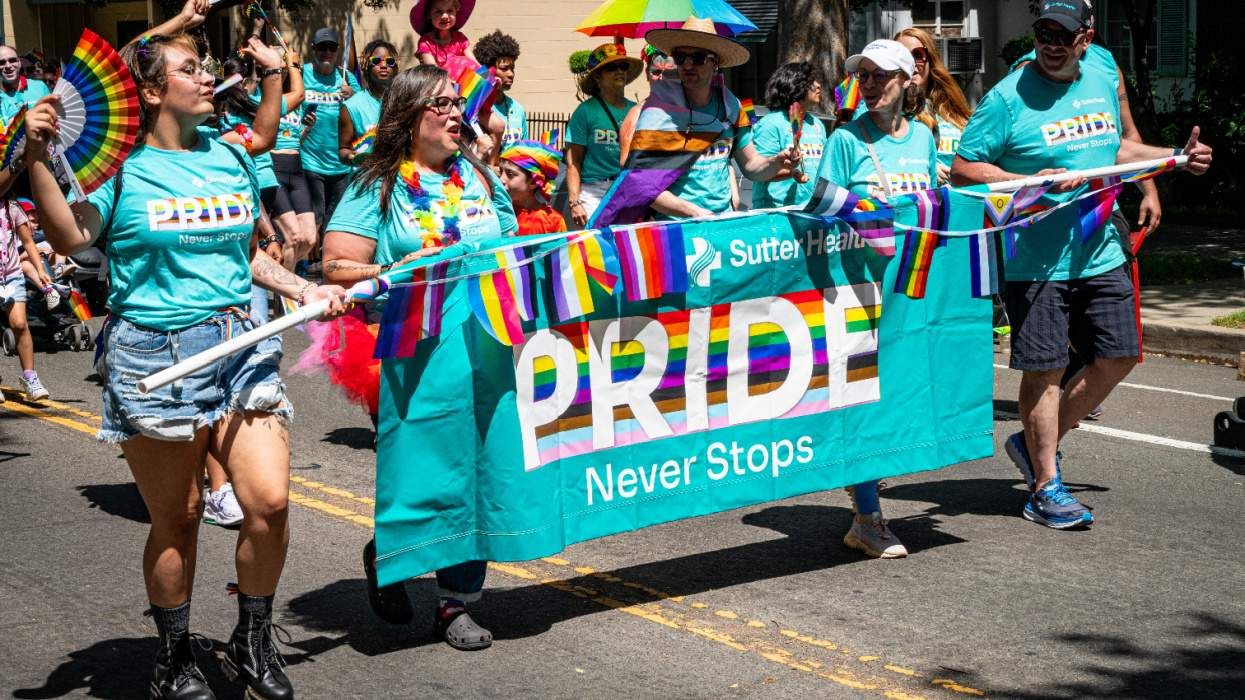
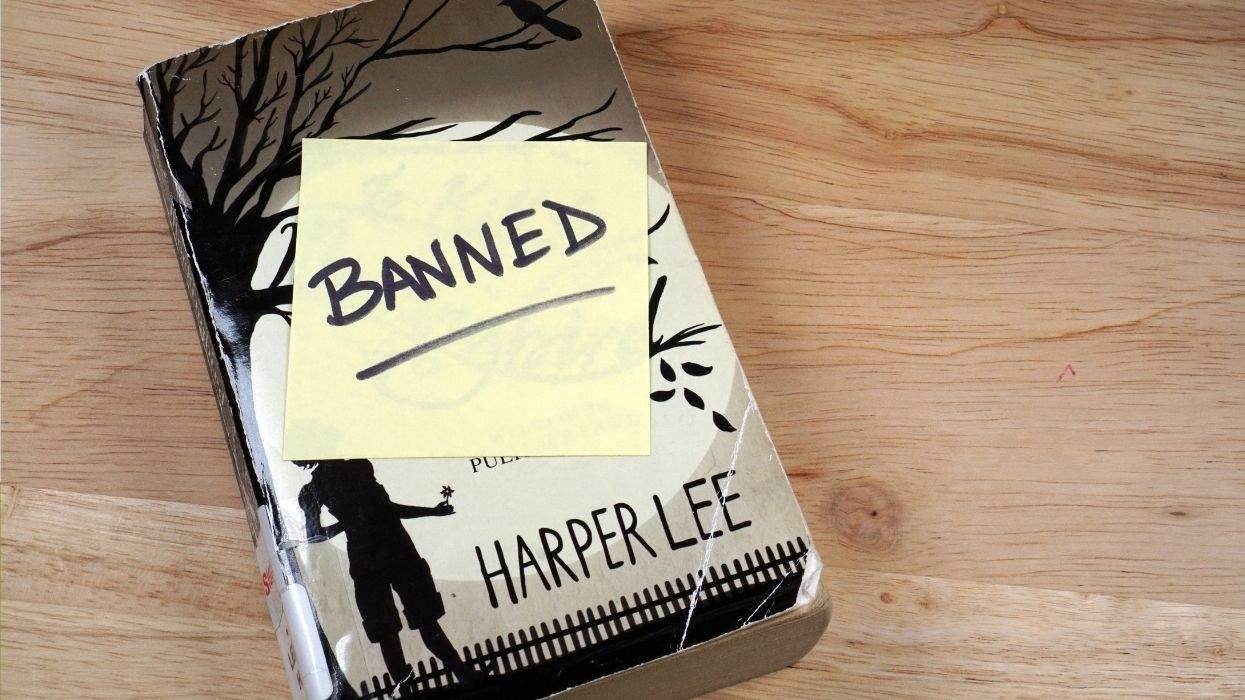













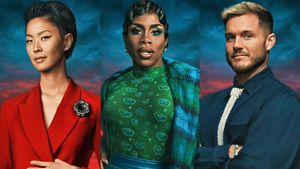



















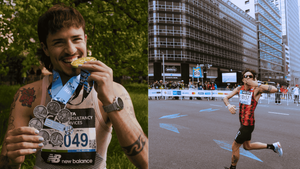


















Charlie Kirk DID say stoning gay people was the 'perfect law' — and these other heinous quotes